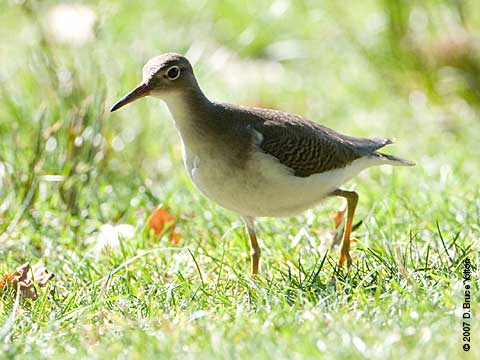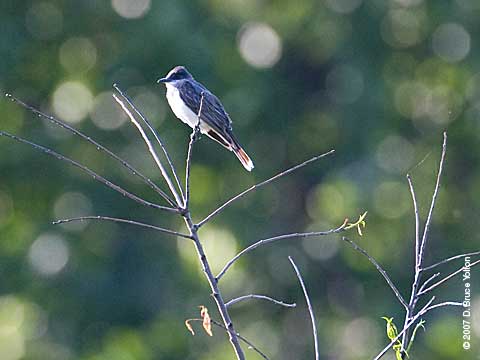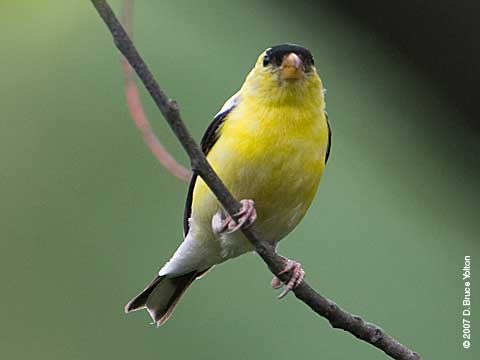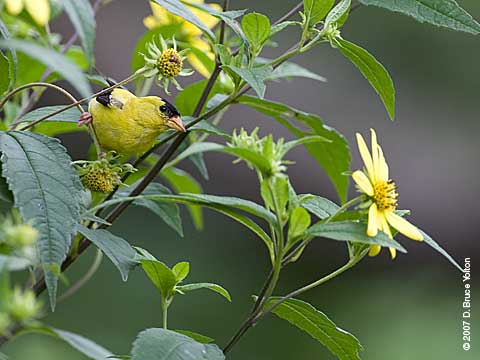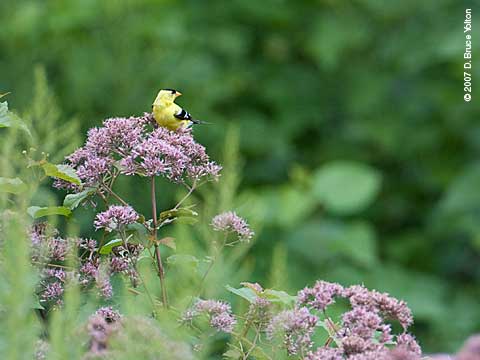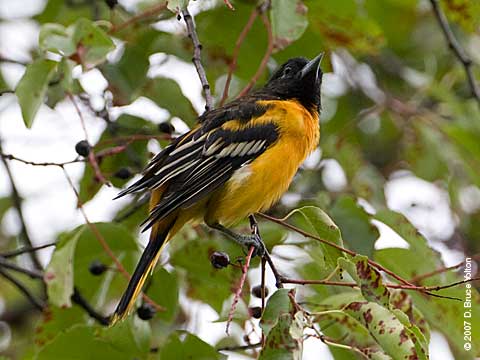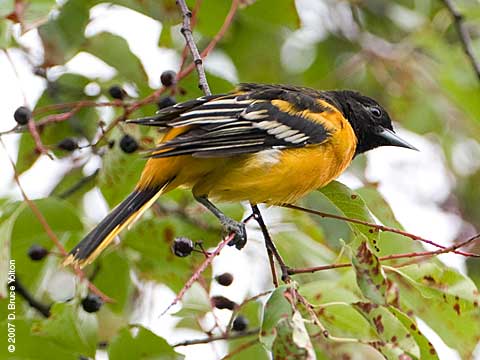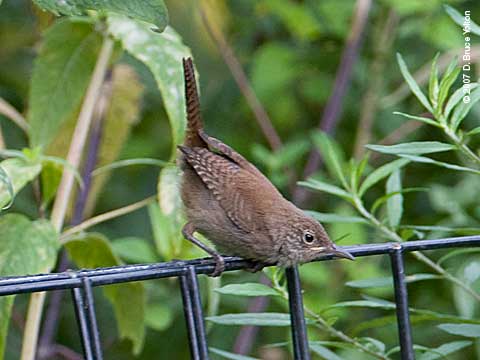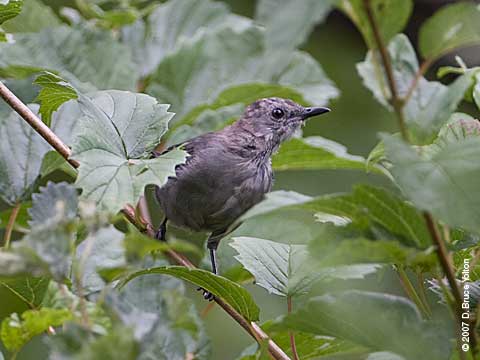888 Adults High Up On CNN Sign and 15 CPW
The 888 Seventh Avenue pair were on the CNN sign and 15 Central Park West late this evening. (I didn’t stick around to see where they roosted for the night.) No sign of any juvenile birds today.


The 888 Seventh Avenue pair were on the CNN sign and 15 Central Park West late this evening. (I didn’t stick around to see where they roosted for the night.) No sign of any juvenile birds today.


We’re in a fun but unpredictable period for hawk watching in Central Park. Familiar fledglings are disappearing and new ones are appearing as birds migrate and wander about the New York area. There have been sightings of immature hawks in the Conservency Gardens at the north of the park and at Bethesda Fountain. in the center of the park.
At the south end of the park, we have a new immature hawk. Lincoln Karim saw it on Monday, and I found it again on Tuesday. Its smack dab in the middle of the 888 Seventh Avenue adults territory, but they don’t seem to mind. Late fall and early winter seem to be relaxed times with roaming juveniles being given lots of leeway.
The new juvenile was finishing a meal of a rodent when I found it.
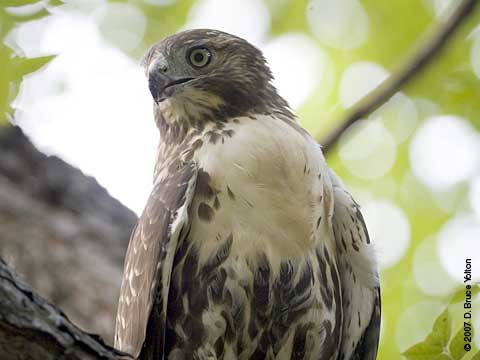
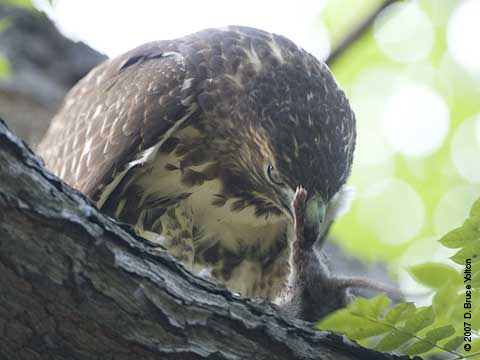
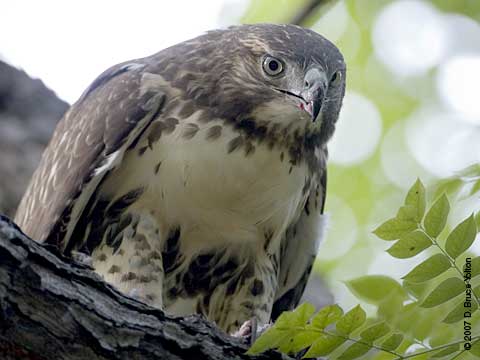
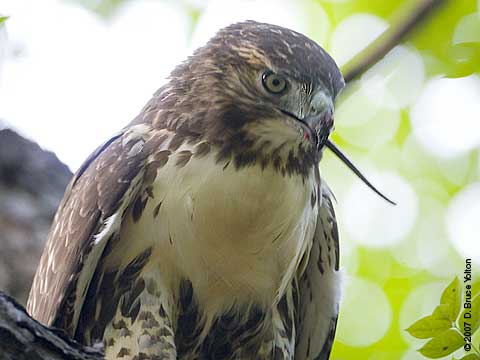
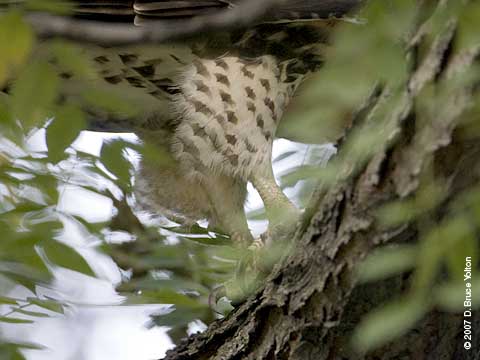
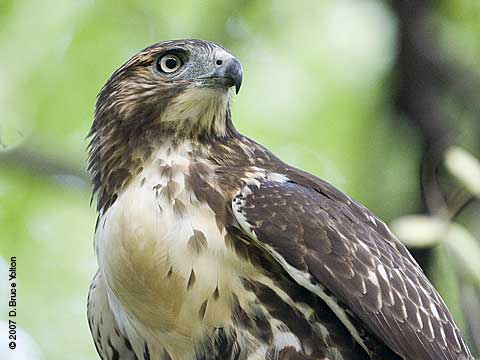
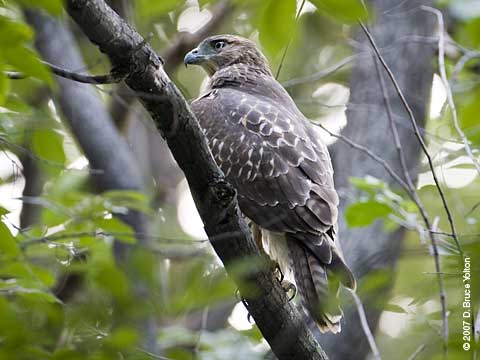
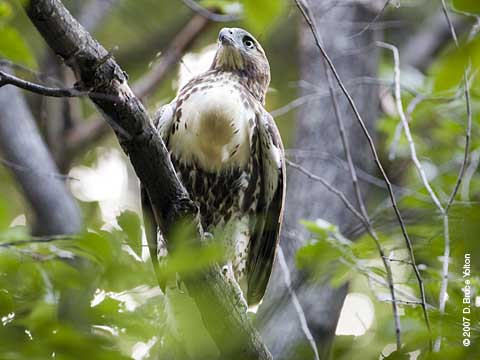
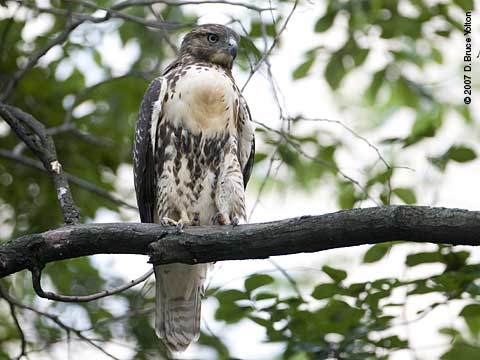
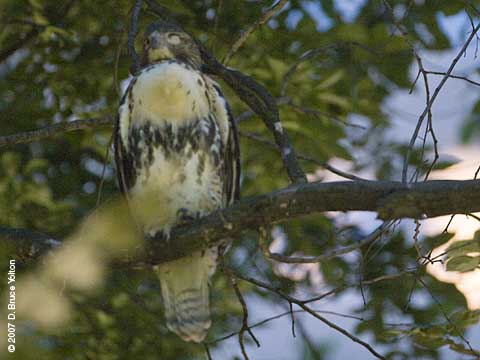

The 888 fledgling hasn’t been seen for a few days, but its parents have been around their normal hunts. On Monday night they were on top of 15 Central Park West looking into expensive apartments and then roosting for the night.
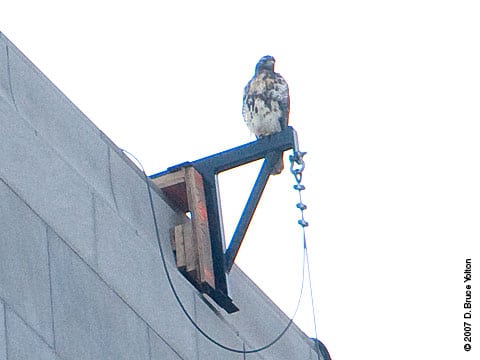

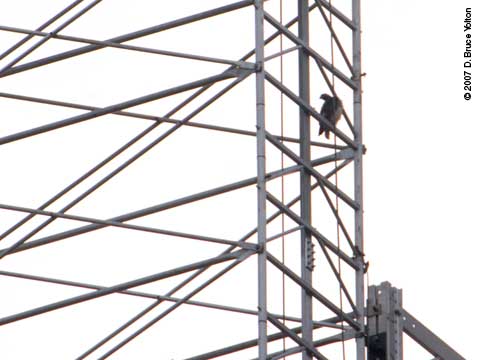
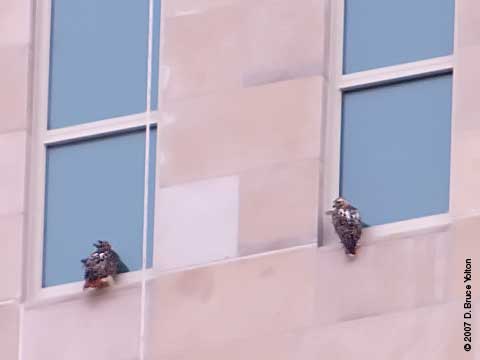
On Saturday, the 2nd Annual Shorebird Festival at Jamaica Bay Wildlife Refuge was held. It was a joint presentation of NYC Audubon and the American Littoral Society. About 80 birders were in attendance.
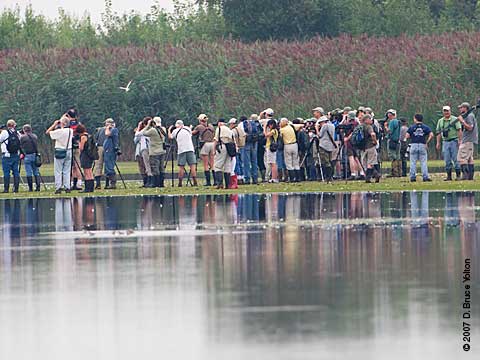
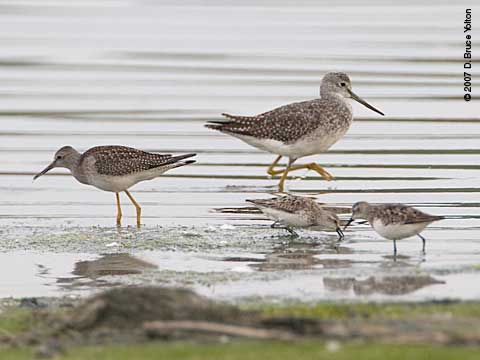
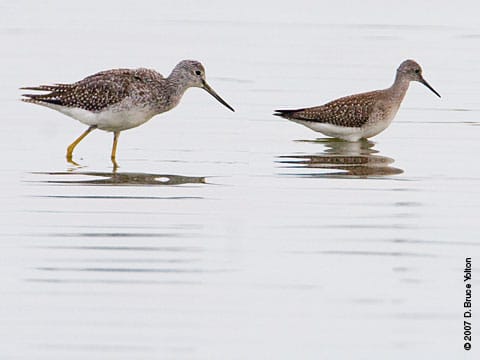
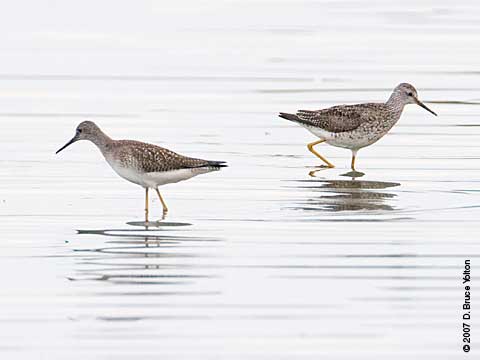
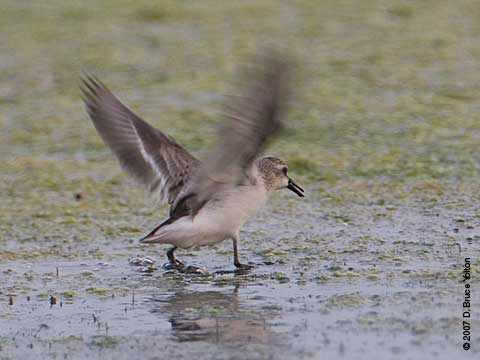
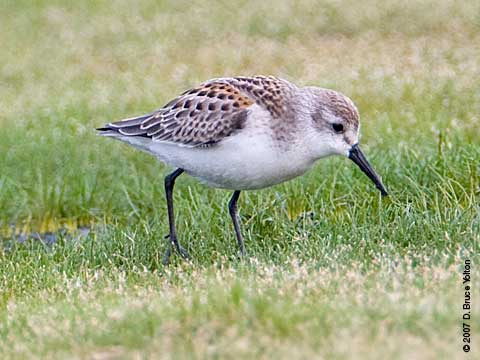
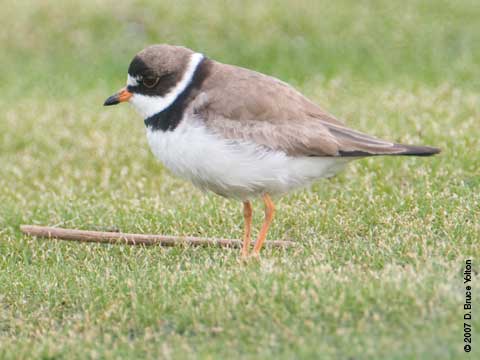
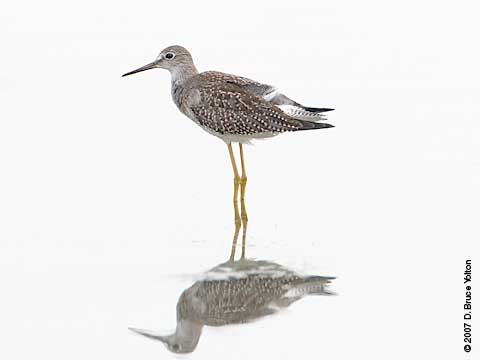
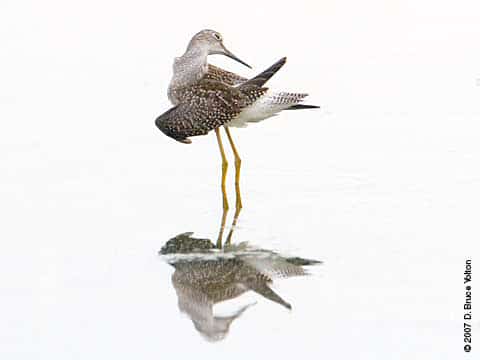

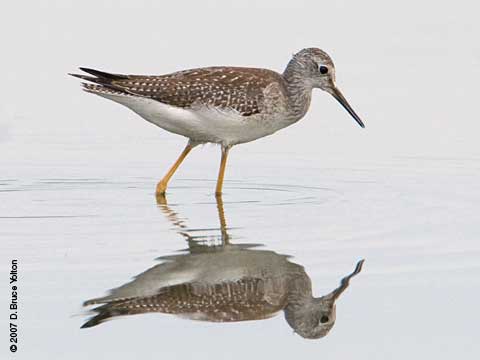
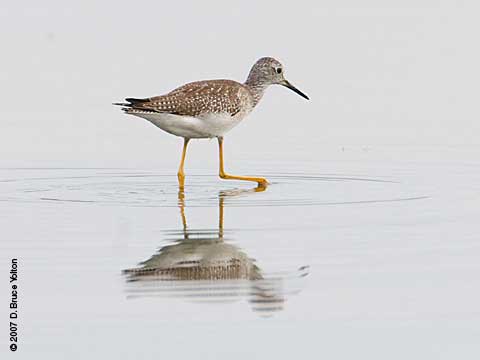
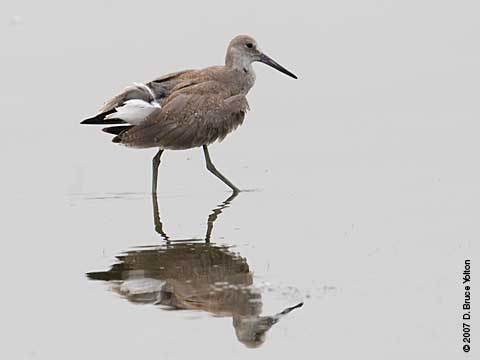
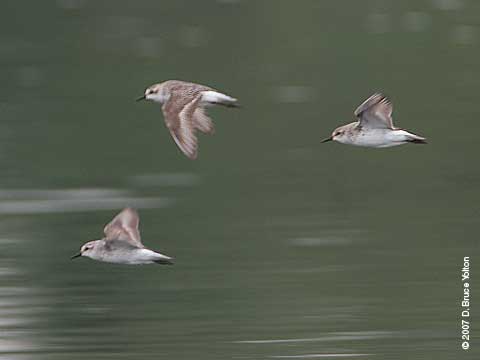
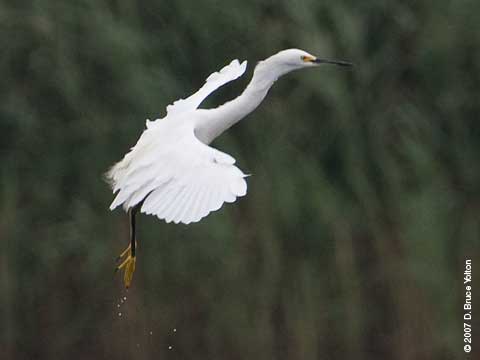
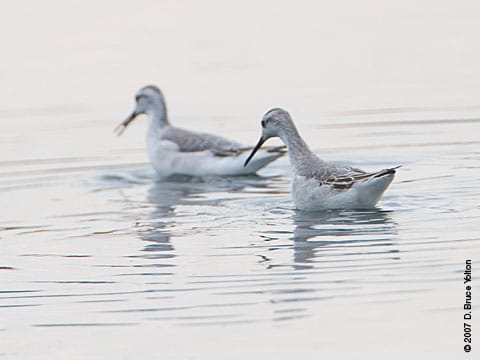
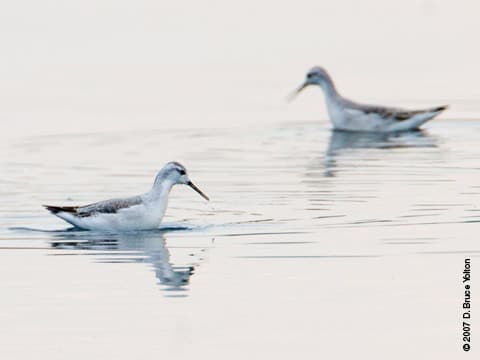
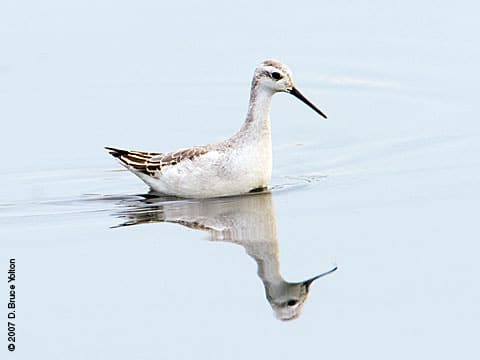
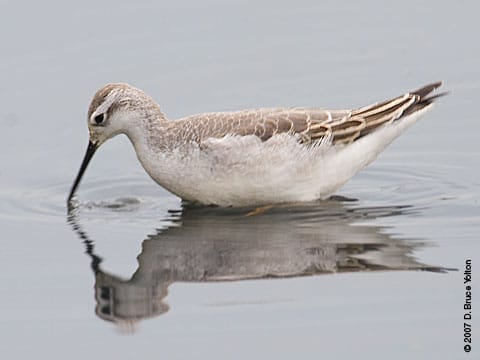
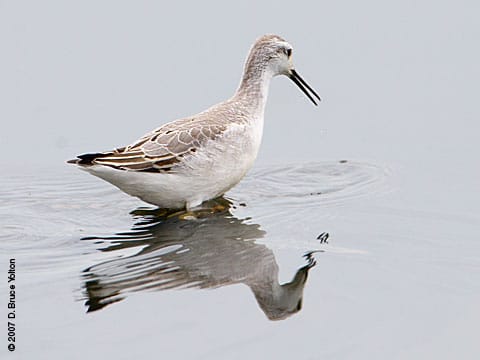
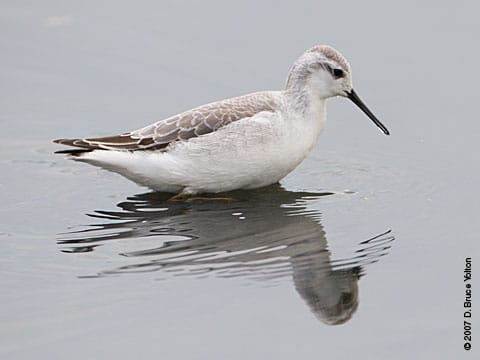
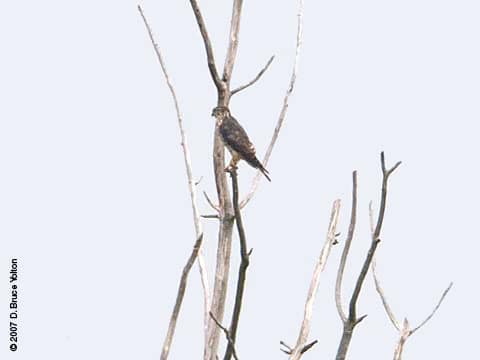
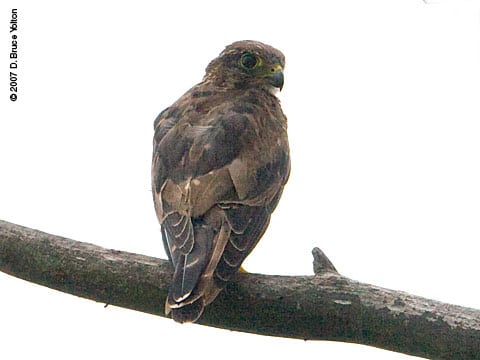
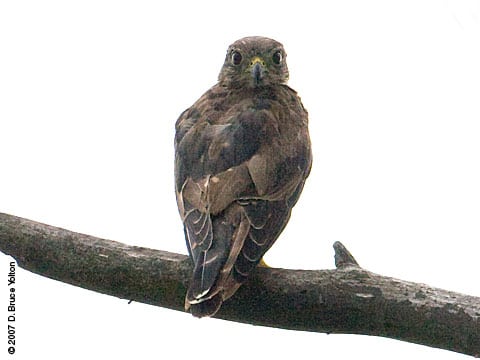
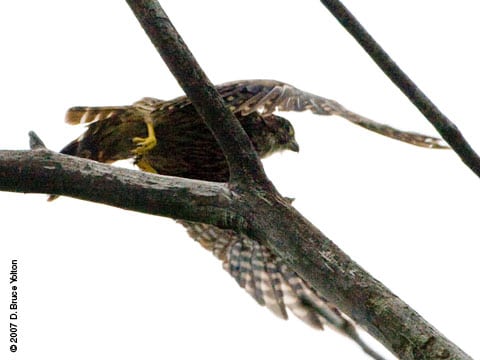
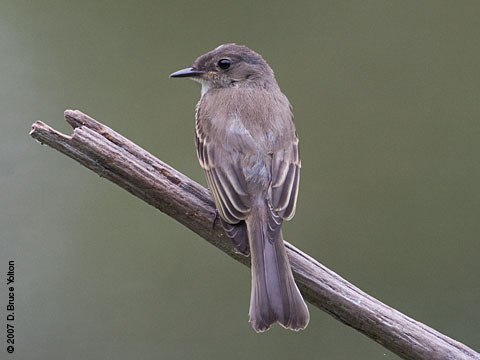
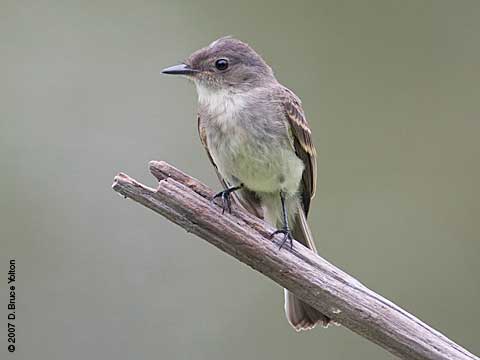
A female plumaged Blue-winged Teal has been on the Harlem Meer since the 11th of August. It is a small duck, much smaller than the Mallards, American Ducks and Gadwalls that are normally on the Meer.
I had missed it on two other trips to the Meer, but saw it today. When I saw it on Saturday afternoon it was resting on the sandy beach on the southeast shore of the Meer.




The fall migration has started. The Central Park list had 81 species on Sunday.
